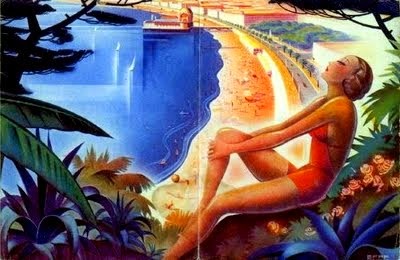
As a follow-up to a very recent Jot on Princess Mary of Teck, whose biography was called The People’s Princess, here is a short letter from her brother, found amongst a pile of old letters acquired a few years ago.
Prince Francis of Teck seems to have followed the age-old career path of minor royalty—public school, Sandhurst, and action abroad -- only this particular royal seems to have been a philanderer and gambler. He had an affair with the beautiful Ellen Constance, wife of the 3rd Earl of Kilmorey, and this together with his ruinous gambling got him sent to India. In the letter, dated March 20th 1893, written when Francis was a lieutenant in the 1st Royal Dragoons, he thanks someone called Mowbray for sending him an ‘ excellent photograph’ but regrets that due to an ‘ exam’ that he is obliged to take on the 4th May, he cannot accept an invitation to visit him. This exam may have been for the rank of captain, and though he probably failed it on this occasion, he was promoted the following year. After India he served in Egypt, and later saw action in the Boer War, eventually retiring in 1901 with the rank of major.

In 1910 Francis died suddenly at Balmoral of pneumonia, aged 39.When his will was read it was discovered to his family’s horror that he had bequeathed to his mistress Ellen the famous Cambridge emeralds, which were part of the family jewels. It was then left to his sister, now Queen Mary, to have this will sealed, thus creating a legal precedent. Previously, royal wills could be publicly examined. The Queen also negotiated to buy back the emeralds, reportedly paying £10,000 ( around £600,000 today ) for them. Mary then wore them at the coronation of her husband in 1911.
A few years ago actress Sarah Miles claimed that not long after this letter was written, Francis fathered an illegitimate son called Francis Remnant, who became her maternal grandfather. This makes the beautiful Sarah second cousin of the present Queen.



